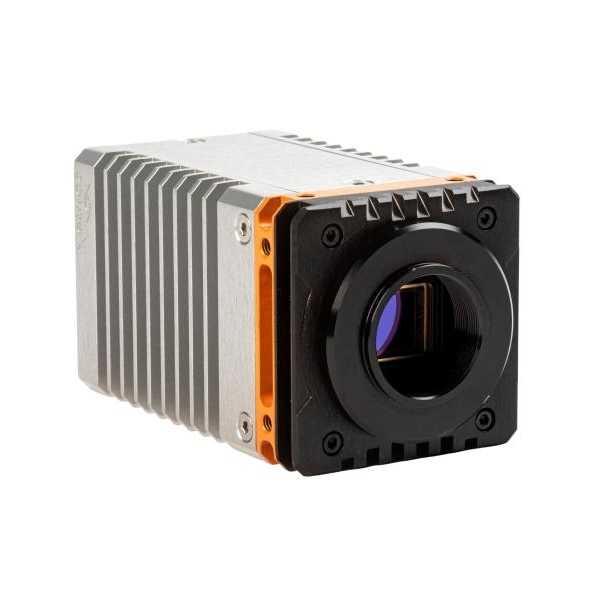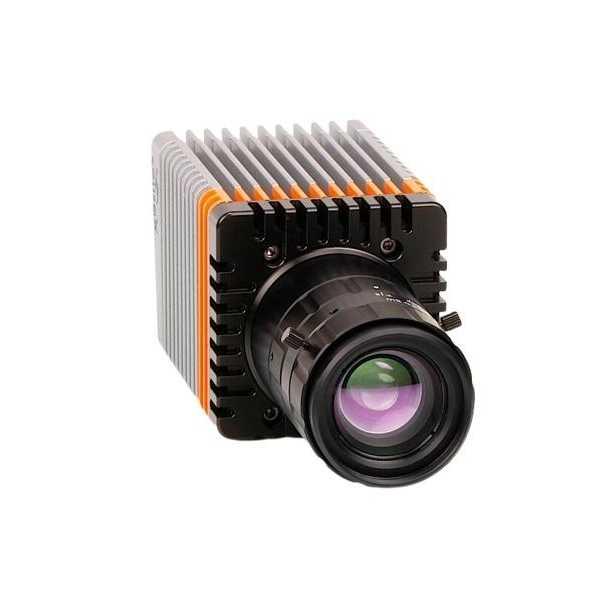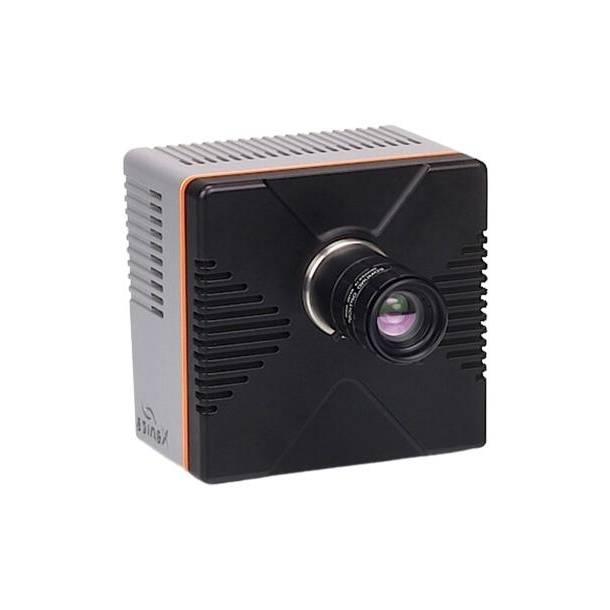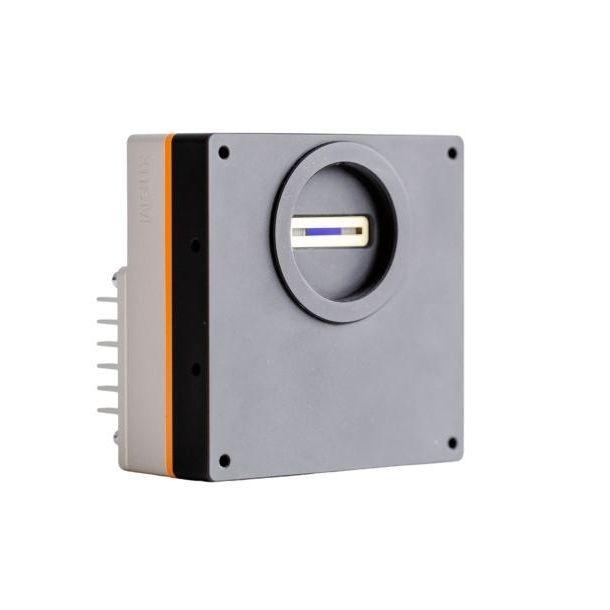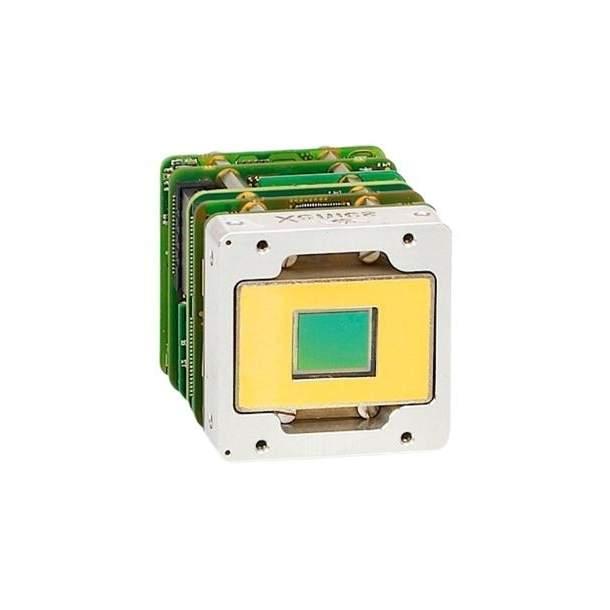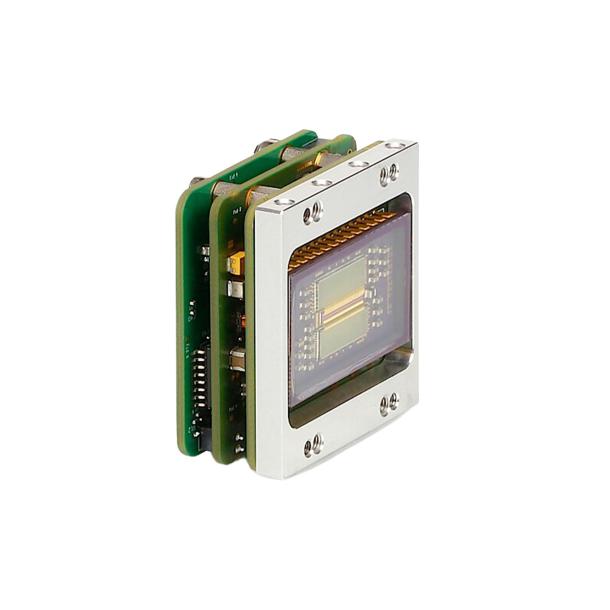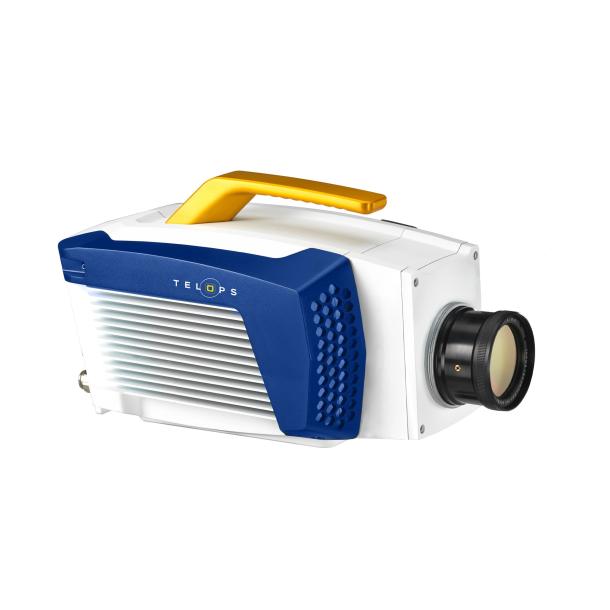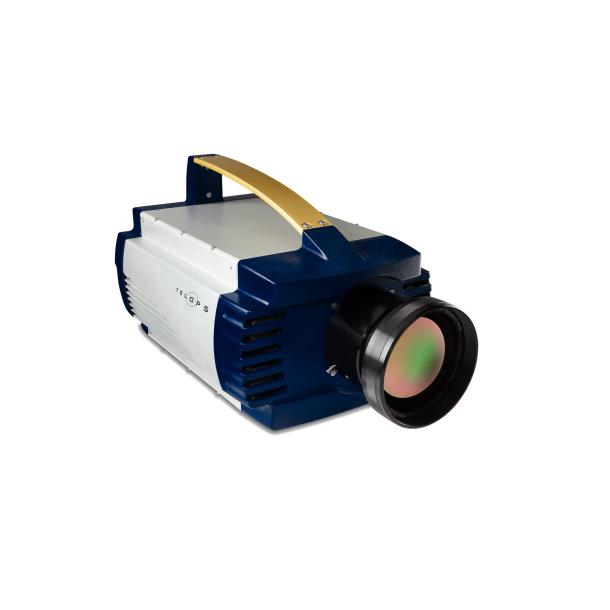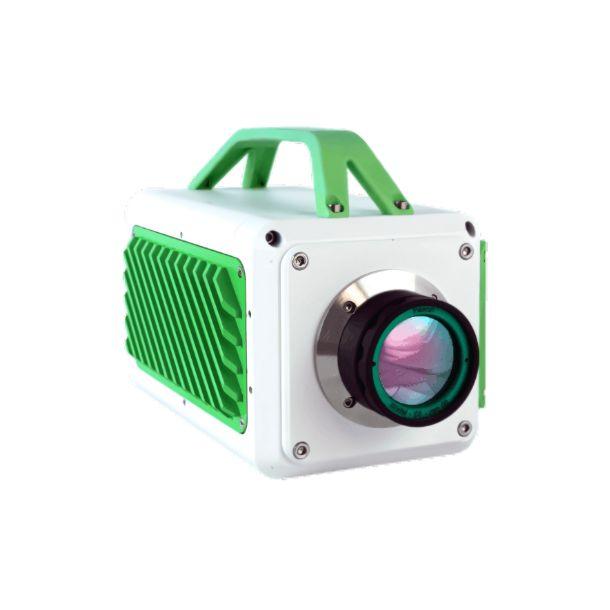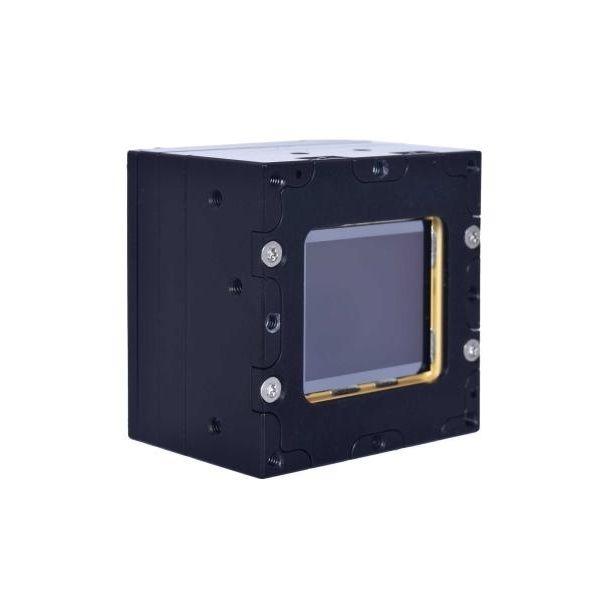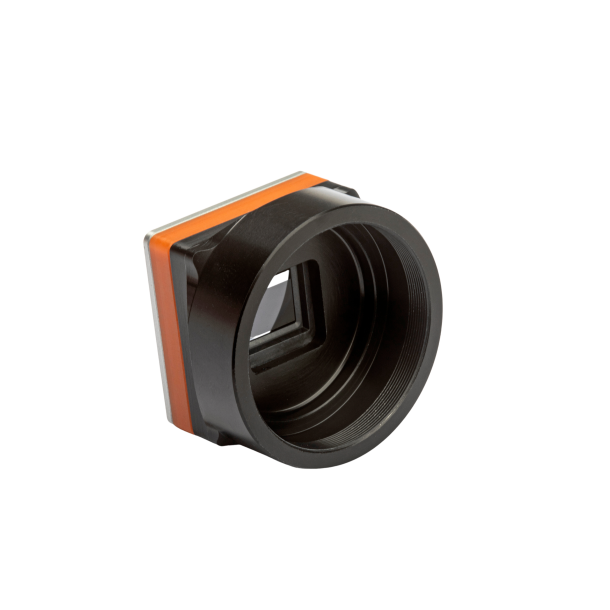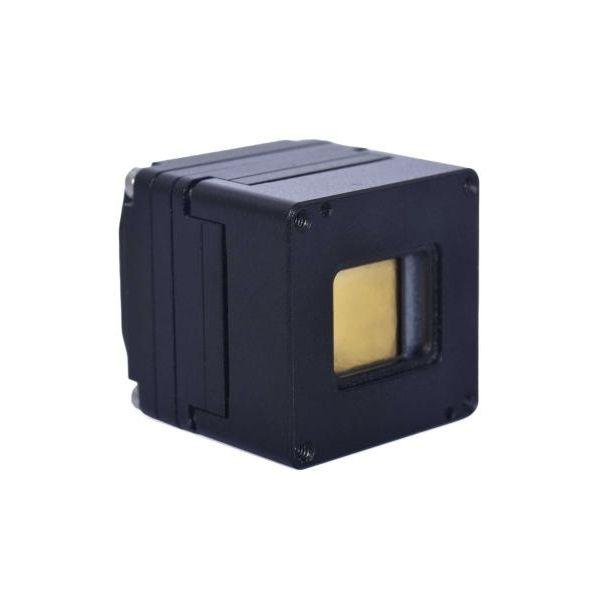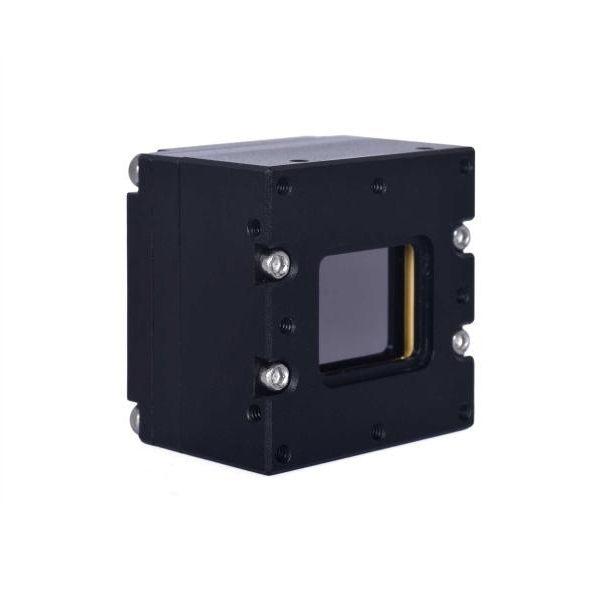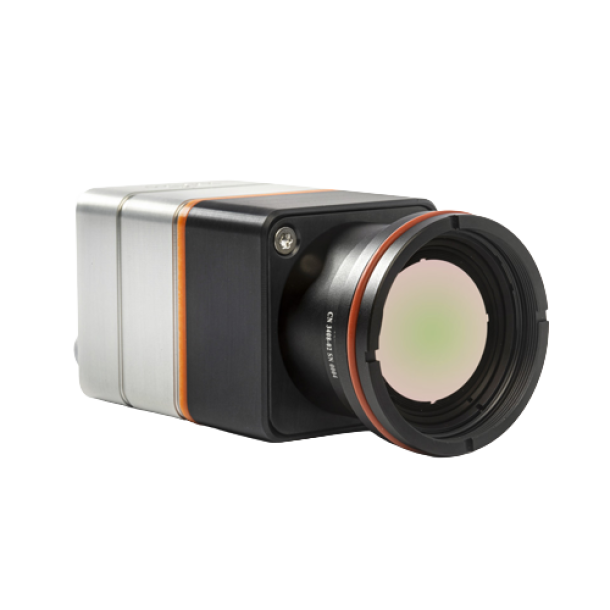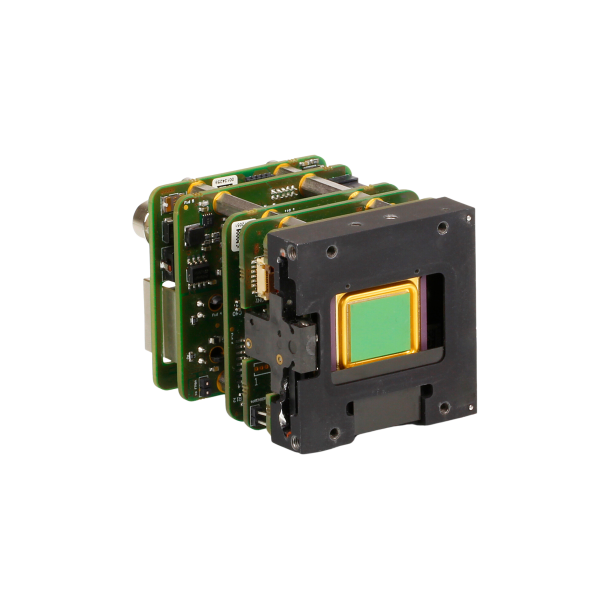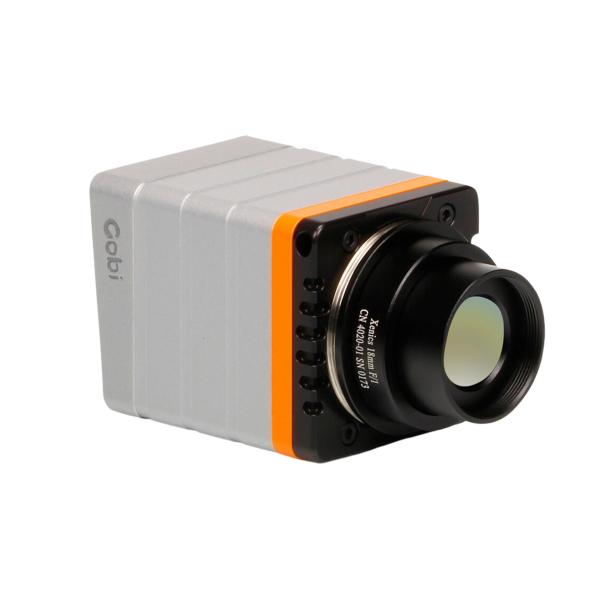In firefighting, lives are often at stake: Victims trapped in the building risk hypoxia. They might even lie unconscious on the floor and need to be quickly localized and extracted by rescuers. From the perspective of the firefighter, they must promptly evaluate the surrounding dangers, i.e. risk of collapse of a structure, of potential explosion of an appliance… to handle the disaster and make their way.
They altogether face the challenge to carefully progress in heavy and/or toxic smoke, to localize victims or sources of fire and fight. Even once a furnace is out, treating hot points is key to prevent re-kindling of the fire. For each of these concerns, thermal cameras can help fighters to take the right decision, saving time, and ultimately saving lives.
Exosens designs and manufactures innovative imaging and detection solutions for most critical scenarios such as of fire emergencies within gas and oil facilities or computing infrastructure. Exosens thermal cameras not only serve the classical handheld cameras, but can also be embedded in (helmet/jacket) wearable cameras, providing valuable real-time sight to the firefighter as well as to the operation command. The challenge of image quality vs rapid operating temperature drift is handled by Photonis outstanding shutterless function.
Need some answers? Ask our experts!
Contact usFire Research
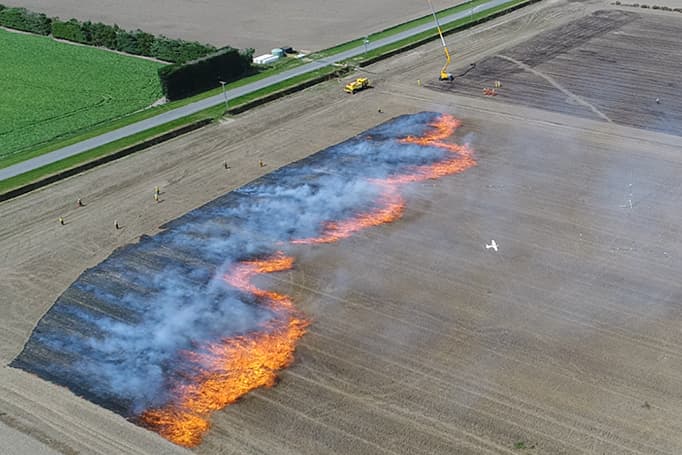
Scientists have developed several theoretical models to better understand and predict various aspects of wildfire behaviour. However, the lack of experimental data from real wildfires renders the validation of the models difficult and thus limits their applicability.
Recently, scientists have been collecting a wide of range of data from large prescribed fires by bringing together different instruments such as fast infrared cameras.
The goal was to collect data on every aspect of the fire at once, in order to improve the models scientists and land managers use to predict the impacts of large fires.
In the image at left: A Telops FAST L200 was used to characterize the spatial and spectral information of Coherent Turbulence Structures of the fire front. Credit : Marwan Katurji, Centre for Atmospheric Research, School of Earth and Environment, University of Canterbury, New Zealand.
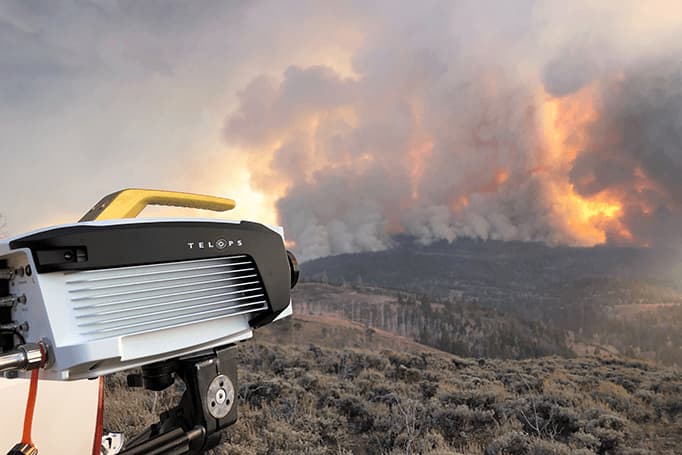
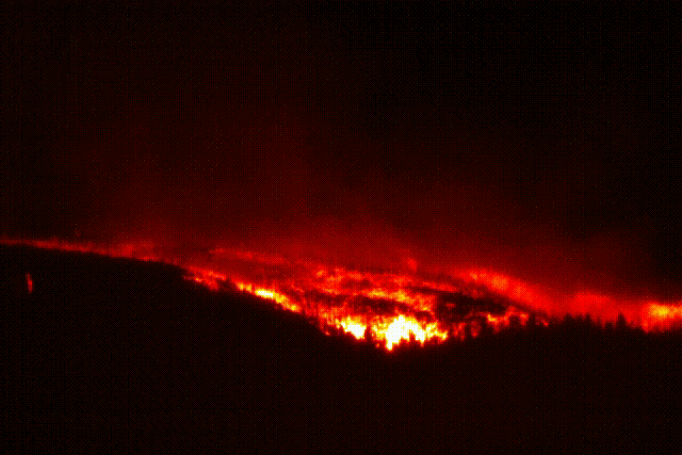
Above: A Telops FAST M150 was used to view in infrared a controlled burn in Utah. Even from 3 to 4 km away, the camera reveals the tremendous heat generated and reveals the dynamics of the fire. Credits: Craig Clements of the Fire Weather Research Laboratory, San José State University.
Products 19
See all exosens products
